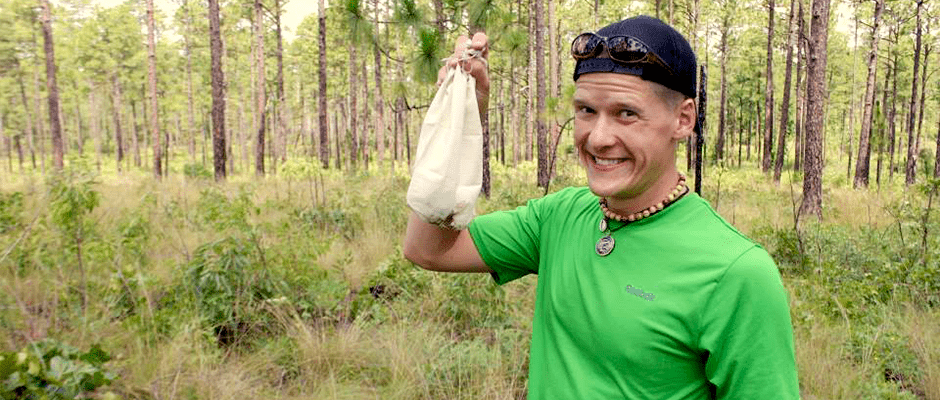Share this article
TWS 2015 Student Poster Winner: Sparrows and the Military
A military reserve may be the perfect place for sparrow habitat in North Carolina, according to research presented at The Wildlife Society’s 2015 Annual Conference in Winnipeg.
“[The military] has done a good job of helping to keep a bunch of rare species there,” said Alexander Fish of Fort Bragg, N.C. Fish won second place in the Master’s student poster competition at the conference. “It doesn’t look like military training seems to be causing many negative effects in birds.”
Fish’s ongoing project is tracking how Bachman’s sparrows (Peucaea aestivalis) respond to military training and activity on the 156-square mile military complex at Fort Bragg. The area represents a portion of longleaf pine (Pinus palustris) habitat that has shrunk considerably across the United States due to development and land-use changes. The sparrows thrive in the fire regime cycle of these forests — a pattern that has been disturbed as longleaf pine forests have declined.
“They’re really dependent on fire,” Fish said of Bachman’s sparrows. “Further north [of the Fort Bragg area] most of them have kind of blinked out of existence.”
But the military has worked to reestablish this burn regime in the area, and it seems to be helping the sparrows and other species like the federally endangered red-cockaded woodpecker (Leuconotopicus borealis) and Saint Francis‘ satyr butterfly (Neonympha mitchellii francisci). “The birds are responding to it. They’re doing really well,” Fish said.
Fish and his coauthor are looking at how the distribution of the ground nesting sparrows is effected in areas used for military training, and initial results show that there hasn’t been many problems.
“It’s a good success story so far,” he said.
Header Image: Alexander fish with a Bachman’s sparrow in a bird bag. Image Credit: Alexandra Moorison








